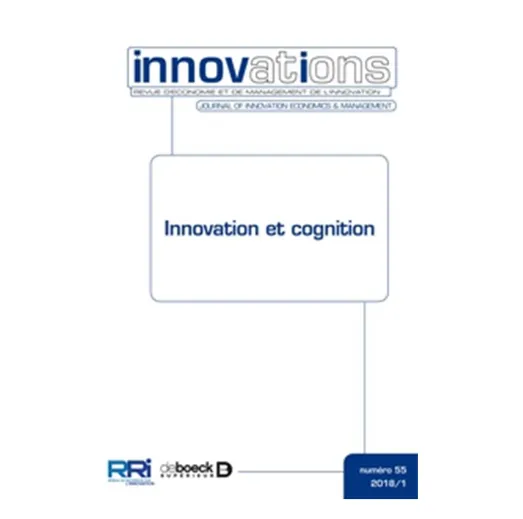Smartphone apps for calculating insulin dose: a systematic assessment
By Kit Huckvale, Samanta Adomaviciute, José Tomás Prieto, Melvin Khee-Shing Leow & Josip Car

Reference:
Huckvale Kit, Adomaviciute Samanta, Leow Melvin & Prieto José Tomàs (2015) “Smartphone apps for calculating insulin dose: a systematic assessment.”, BMC medicine, vol. 13, no 1, p. 106.
Abstract:
Background: Medical apps are widely available, increasingly used by patients and clinicians, and are being actively
promoted for use in routine care. However, there is little systematic evidence exploring possible risks associated
with apps intended for patient use. Because self-medication errors are a recognized source of avoidable harm, apps
that affect medication use, such as dose calculators, deserve particular scrutiny. We explored the accuracy and clinical
suitability of apps for calculating medication doses, focusing on insulin calculators for patients with diabetes as a
representative use for a prevalent long-term condition.
Methods: We performed a systematic assessment of all English-language rapid/short-acting insulin dose calculators
available for iOS and Android.
Results: Searches identified 46 calculators that performed simple mathematical operations using planned carbohydrate
intake and measured blood glucose. While 59% (n = 27/46) of apps included a clinical disclaimer, only 30% (n = 14/46)
documented the calculation formula. 91% (n = 42/46) lacked numeric input validation, 59% (n = 27/46) allowed
calculation when one or more values were missing, 48% (n = 22/46) used ambiguous terminology, 9% (n = 4/46)
did not use adequate numeric precision and 4% (n = 2/46) did not store parameters faithfully. 67% (n = 31/46) of
apps carried a risk of inappropriate output dose recommendation that either violated basic clinical assumptions
(48%, n = 22/46) or did not match a stated formula (14%, n = 3/21) or correctly update in response to changing
user inputs (37%, n = 17/46). Only one app, for iOS, was issue-free according to our criteria. No significant differences
were observed in issue prevalence by payment model or platform.
Conclusions: The majority of insulin dose calculator apps provide no protection against, and may actively contribute
to, incorrect or inappropriate dose recommendations that put current users at risk of both catastrophic overdose and
more subtle harms resulting from suboptimal glucose control. Healthcare professionals should exercise substantial
caution in recommending unregulated dose calculators to patients and address app safety as part of self-management
education. The prevalence of errors attributable to incorrect interpretation of medical principles underlines the
importance of clinical input during app design. Systemic issues affecting the safety and suitability of higher-risk
apps may require coordinated surveillance and action at national and international levels involving regulators,
health agencies and app stores.
Key words:
app, Smartphone, Mobile health, mHealth, Calculator, Diabetes, Safety
Back to the list